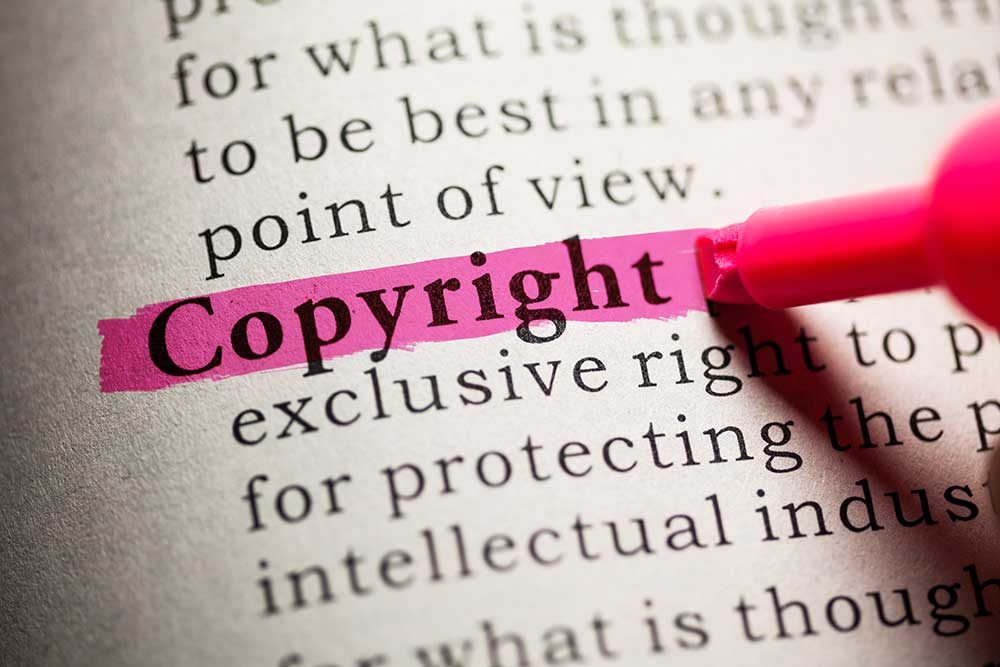Insights

Image copyright and what to look out for
According to the Copyright Act 1968 all creative works including music, writing, paintings, and photography are protected by copyright.
The creator of the works does not even need to do anything for copyright to apply to their work.
When using third party images on your websites, social media channels or brochures, it is safest to assume that the image is protected by copyright and you should determine who owns the copyright.
Even if a website has been designed by an agency, the company that owns and runs the website is responsible for ensuring that all published images are with copyright laws.
If you ever receive a copyright infringement notice, just removing the image is not enough. By law an agreement or licence is required to be in place prior to the publication of an image online.
Publishing the image without these agreements or licences is an automatic infringement of copyright. If the infringement has already occurred, the copyright owner is entitled to compensation for the unauthorised use of their material.
How to source images for your website
To avoid and copyright infringements we suggest to:
- Commission quality inhouse photo shoots
- Purchase stock images from libraries like istockphoto.com or shutterstock.com
- Use stock-free websites like unsplash.com or pexels.com
Even if you purchase a licence to use an image, it's important to read and understand the licensing terms. Some licences may restrict how the image can be used and/or require attribution.
Using images in editorial context
If you are using images in an editorial context by referring to another publication, you can always hotlink the image.
Hotlinking means to embed the link to the original source of the image. To hotlink correctly the image itself must be clickable and must redirect to the original source.
Hotlinking is the act of using another site's bandwidth by displaying their website asset – like an image, video, or audio file – on a different website via a direct web link.
If you use an image that requires attribution, it's important to give credit to the creator or copyright owner. This can be done by including a caption or link back to the source.
Reverse image search on Google
If you find an image that you like you can do a reverse image search on Google to find the copyright holder.
- Save the image you want to use
- Go to https://images.google.com
- Click on the small search by image camera icon
- The copyright owner is likely to be displayed in the results
Conclusion
Overall, it's important to be aware of copyright laws and to obtain permission or use images that are in the public domain or have a Creative Commons licence. You should also read and understand the licensing terms and give attribution where necessary.
Needless to say that using high-quality, brand related images is an important factor in online marketing which will improve the overall customer experience, engagement and optimisation of your content.
